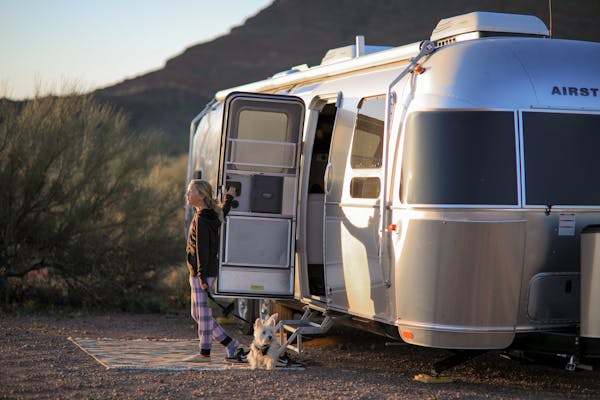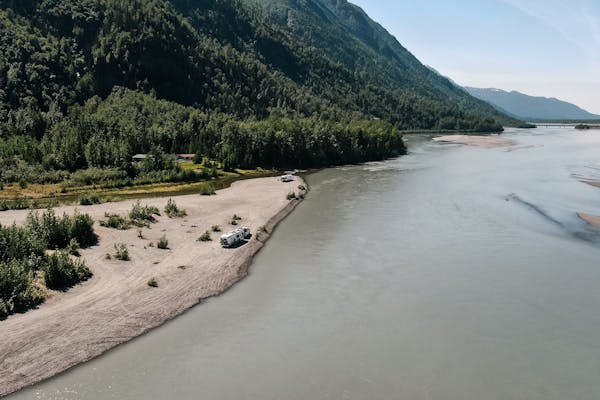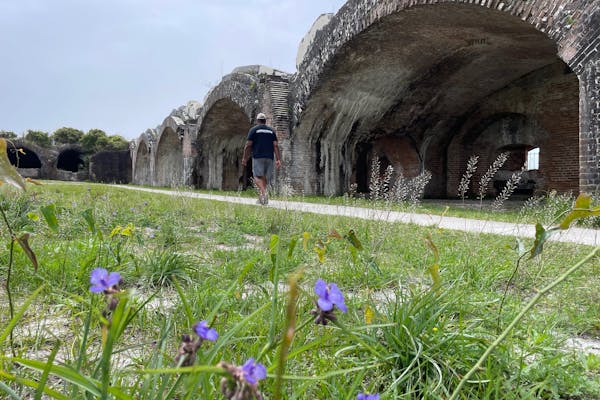Since much of Native American history is passed down orally and is often not accurately represented in mainstream textbooks, the opportunity to connect directly with the people in their tribal homeland is a valuable learning experience for our entire family.
That's why we connected with Joe Saenz, a local Apache guide with WolfHorse Outfitters, during our visit to Gila National Forest. Joe takes groups on interpretive hikes, horseback rides, and multi-day pack trips into the Gila and shares an authentic and indigenous perspective of Apache history, traditions, and how they traveled, lived, and provided for themselves by using and protecting the resources of the land.

During a hike, Joe showed our group how vegetation like yucca could be used to make a paintbrush, how sap from the shaggy bark juniper could be used for waterproofing or camouflaging scent from wildlife, and how mahogany was used to make bows by the Apache Indians. He also showed us several petroglyphs left by the Mogollon people.
In addition to the hike we attended, Joe invited our family to a barbeque with several other local Apache people, followed by a sacred ceremony called the Crown Dance. It is a profoundly spiritual ceremony intended to protect and bless the community. Within the forest, we surrounded a bonfire at sunset. A tribal member shared a brief oral history. Then, several dancers representing mountain spirits adorned in tall headdresses and body paint entered the circle.
Along with a dancer called the Gaan Clown, they symbolically dance to rhythmic drumming and traditional songs. Toward the end of the evening, they offered blessings to the local rangers and staff. Then, they invited the entire community into the circle to dance. Our daughter listed this experience as one of the top highlights of our travels, and we all felt the profound spiritual connection the Apache people have with their land and heritage.

It is important to note that photography is not allowed due to the sacred nature of these ceremonies. As travelers, it is essential to honor and respect the local culture. We felt so honored to attend, and it was honestly a more meaningful and immersive experience without the distraction of a phone or camera.













